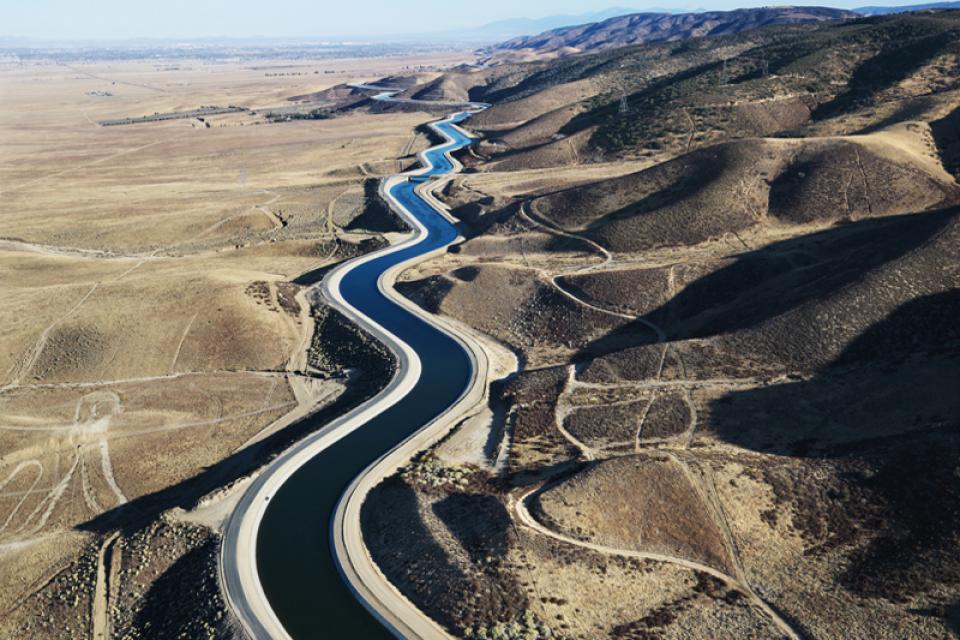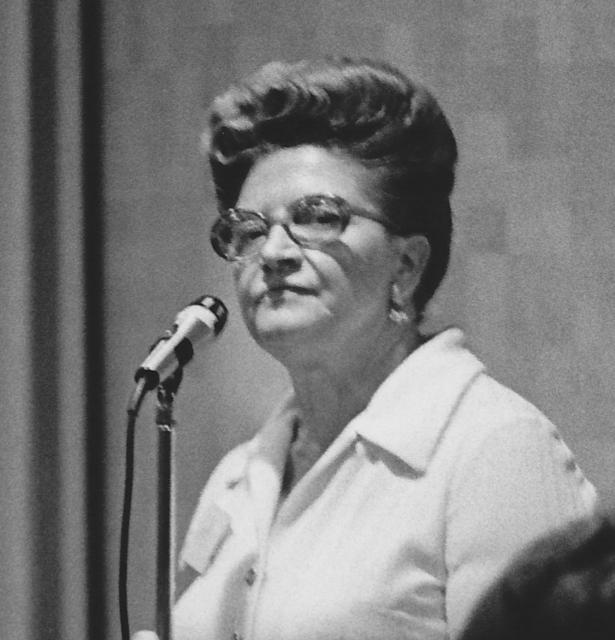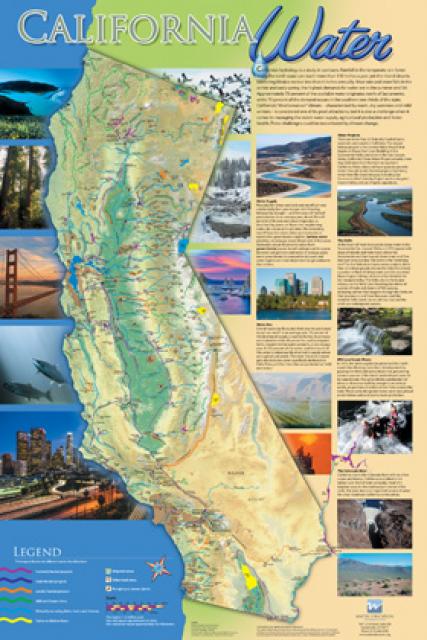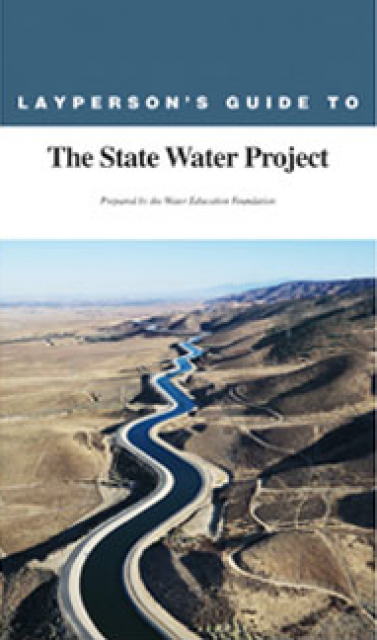State Water Project
The State Water Project is an aquatic lifeline for California because of its vital role in bringing water to cities and farms. Without it, California would never have developed into the economic powerhouse it is.
The Project diverts water from the Feather River to the Central Valley, South Bay Area and Southern California. Its key feature is the 444-mile-long California Aqueduct seen along Interstate 5.
Today, an average of 34 percent of Project water supplies agriculture, mostly in the San Joaquin Valley, and 66 percent goes to homes and businesses, mainly in Southern California but also in the Bay Area.
Overview
Built and operated by the California Department of Water Resources, the State Water Project is the largest state-financed water project ever built.
Project achievements include:
- Fueling Southern California’s population and economic growth
- Supplying Silicon Valley with reliable, high-quality water vital to high-tech manufacturing
- Boosting California’s agricultural industry to be among the global leaders
- Helping manage floods in the Sacramento Valley
- Providing recreation at many of its reservoirs
Creating the Project took many decades and considerable political and engineering effort.
Take an aerial tour of the State Water Project.
Background
Proposals similar to the Project date back to the 1880s, but the political and financial support for construction was not secured until the late 1950s. Even then, the Project faced formidable engineering obstacles, including the highest water lift in the world over the Tehachapi Mountains south of Bakersfield.
The Project originally was conceived as a much larger water delivery system, but only its first phase was completed.
Learn more about the history of the State Water Project.
Future
Contractors who buy Project water generally favor delivery of all the water the system was designed to handle. Others argue that operating at full capacity will further harm the Sacramento-San Joaquin River Delta ecosystem.
The State Water Project and federal Central Valley Project export water from the south Delta. Government protections of some fish species limit pumping at certain times of the year. In addition, scientists say there is a major threat of Delta levee failure from an earthquake or flooding, which could severely impair Project operations and California’s water supply.
In 2007, the state shut down exports after more than 200 delt smelt were killed at the south Delta pumps. The tiny native fish is federally recognized as an endangered species and an indicator of the Delta’s overall environmental health. Protections for declining populations of Chinook salmon and Central Valley steelhead also limit water exports.
With these issues in mind, officials are seeking a permanent solution to the water export/endangered species conflict through the Bay Delta Conservation Plan, a collaborative effort by state, federal and local agencies and environmental organizations. Possibilities include alternative means of water transport and fish habitat restoration.
The Project faces financial challenges as its aging facilities require increasing maintenance and upgrades to maintain reliability.
Demand for its water is expected to increase to meet the needs of California’s growing population, which is forecast to approach 50 million by 2025.
Facts and Figures
- Provides some part of the water supply for 25 million Californians — more than half the state’s population — and irrigation water for an estimated 750,000 acres of farmland
- Built to deliver about 4.2 million acre-feet of water a year
- Annual water deliveries to 29 public agency contractors












